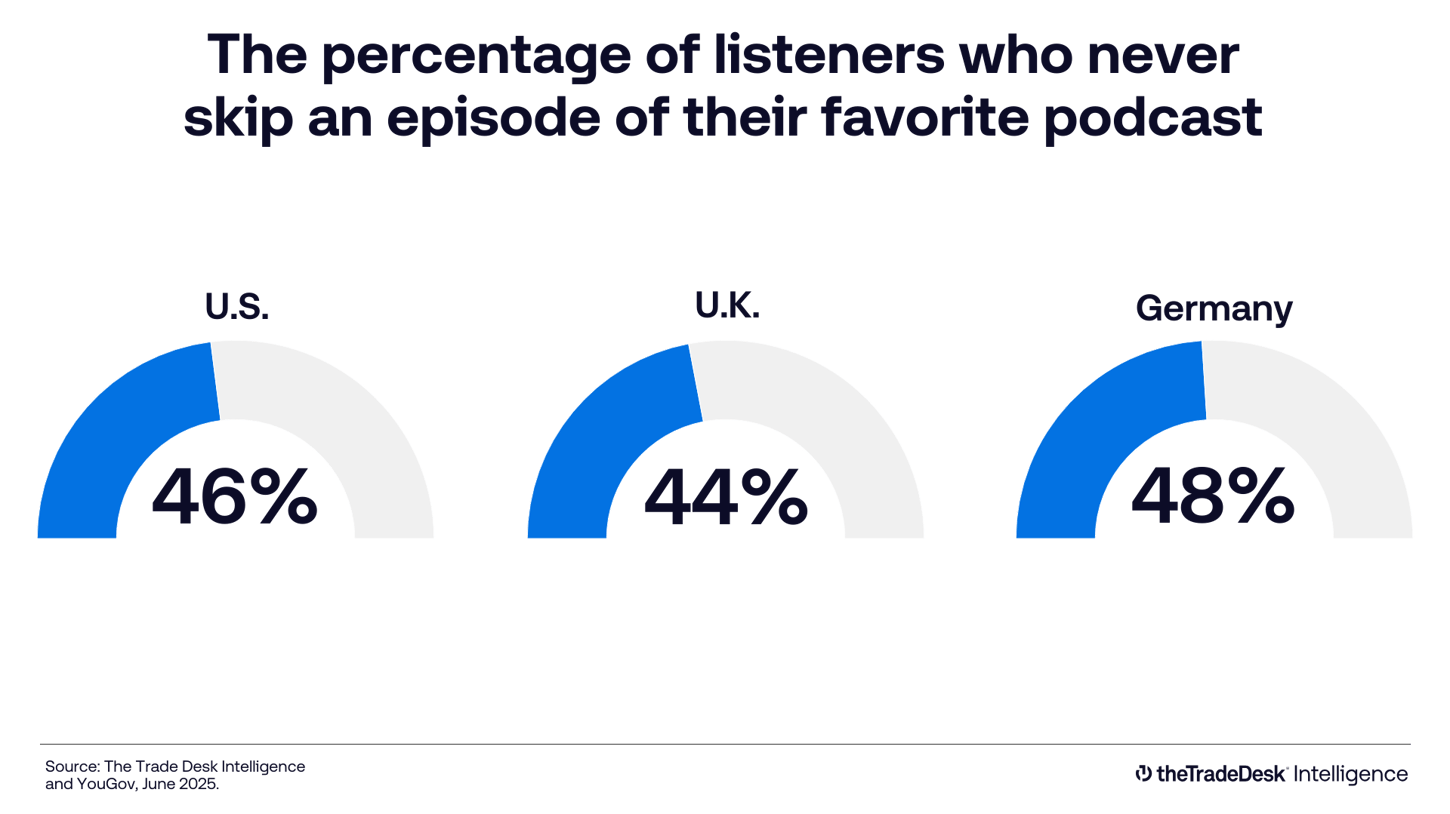Featured Our platform
Get more visibility and insight into private marketplace buying
Deal Desk creates a centralized place to propose, analyze, and manage deals in our AI-powered platform, Kokai.
Recruiting fraud is a growing issue for many companies.
The Trade Desk takes this issue seriously and is taking steps to address it.

Best practices, how-to guides, insights, and inspiration for ad pros
Featured Our platform
Deal Desk creates a centralized place to propose, analyze, and manage deals in our AI-powered platform, Kokai.
The latest

Resources Our platform

Resources Our platform

Resources Our platform

Insights Connected TV

Case Studies Data and measurement

Case Studies Connected TV

Case Studies Our platform

Insights Omnichannel

Insights Omnichannel
A problem occurred, please try again later.











OMNICHANNEL
New data from The Trade Desk Intelligence and YouGov reveals that nearly half of podcast listeners never skip episodes of their favorite show. This finding positions podcasts as a high-value community builder that delivers predictable reach and tight frequency for marketers.

Whether you’re a media planner, buyer, trader, or CMO, Edge Academy has all you need to get up to speed and stay ahead.